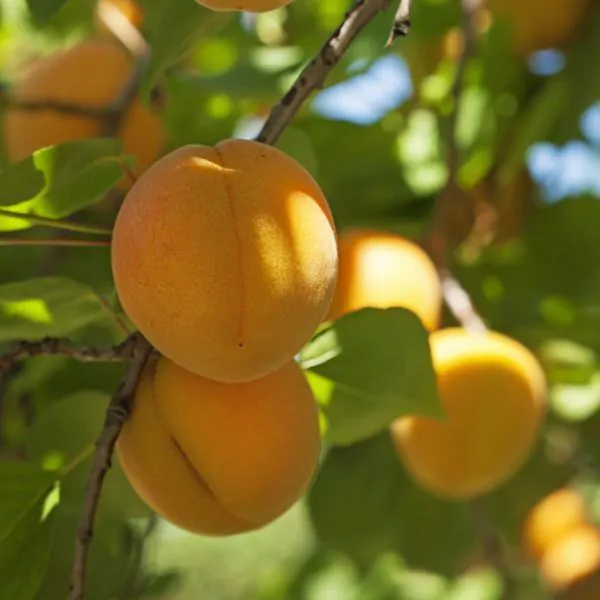The Chinese apricot tree (Prunus armeniaca ‘Chinese’) is a delightful fruit tree that offers both ornamental beauty and delicious produce. Native to China, this tree graces gardens with its vibrant pink or white blossoms in the spring, followed by a bountiful harvest of juicy, delectable apricots in the summer. Growing and caring for a Chinese apricot tree is relatively simple, making it an excellent choice for both experienced and novice gardeners. In this article, we will delve into the essential aspects of cultivating and maintaining this remarkable tree, including pruning techniques and proper watering methods, to ensure a flourishing apricot tree in your garden.
Growing chinese apricot trees
The Chinese apricot tree, scientifically known as Prunus armeniaca ‘Chinese’, is a small, deciduous fruit tree that holds a special place in the hearts of gardeners and fruit enthusiasts. Originating from the lands of China, this remarkable tree captivates with its delicate beauty and delectable produce. During the springtime, the Chinese apricot tree bursts into a splendor of pink or white blossoms, adding a touch of enchantment to any garden. As the seasons change, these blossoms give way to an abundance of juicy, mouthwatering apricots that grace the tree in the summer months.
Cultivating and caring for a Chinese apricot tree is a rewarding endeavor that can be enjoyed by gardeners of all levels of experience. These trees are relatively undemanding, making them an ideal choice for both seasoned green thumbs and those just beginning their gardening journey. With proper care, Chinese apricot trees will thrive and grace your garden with their beauty and bounty for years to come.
Planting a Chinese apricot tree is a crucial step in ensuring its successful growth. Choose a location in your garden that receives ample sunlight, as these trees require at least six hours of direct sunlight per day. The soil should be well-draining and have a slightly acidic pH level. If your soil does not meet these requirements, you can amend it by adding organic matter, such as compost or peat moss. When planting the tree, dig a hole that is twice as wide as the root ball and just as deep. Backfill the hole with soil and water thoroughly.
Apricot tree care
**Apricot Tree Care**
Apricot trees are relatively easy to care for, but there are a few things you can do to ensure they thrive.
**Pruning**
Apricot trees should be pruned in late winter or early spring, before new growth begins. Pruning helps to encourage new growth, remove dead or diseased branches, and shape the tree. When pruning, make sure to:
– Remove any branches that are dead, diseased, or damaged.
– Cut back any branches that are rubbing against each other.
– Thin out the center of the tree to allow for air circulation.
– Shorten any branches that are too long or unruly.
**Watering**
Apricot trees need to be watered deeply and regularly, especially during hot weather. Water the tree at least once a week, and more often if the weather is hot and dry. When watering, make sure to:
– Water the tree at the base, not the leaves.
– Water the tree slowly and deeply, so that the water has time to soak into the soil.
– Avoid watering the tree too often, as this can lead to root rot.
**Fertilizing**
Apricot trees should be fertilized in the spring and fall. Use a balanced fertilizer, such as a 10-10-10 fertilizer. When fertilizing, make sure to:
– Apply the fertilizer to the soil around the tree, not the leaves.
– Water the tree after fertilizing, to help the fertilizer dissolve and reach the roots.
**Pests and Diseases**
Apricot trees are susceptible to a number of pests and diseases, including aphids, mites, scale, and canker. To protect your tree from pests and diseases, make sure to:
– Inspect the tree regularly for signs of pests or diseases.
– Treat any pests or diseases as soon as possible.
– Use organic pest control methods whenever possible.
By following these tips, you can help your apricot tree thrive and produce delicious fruit for years to come.

